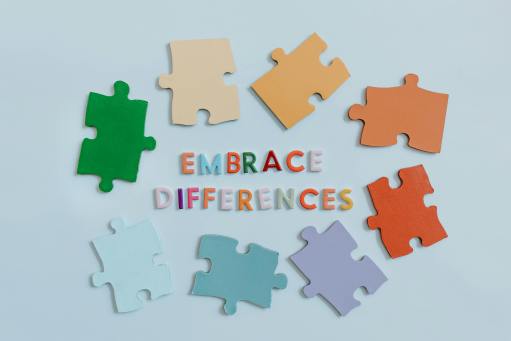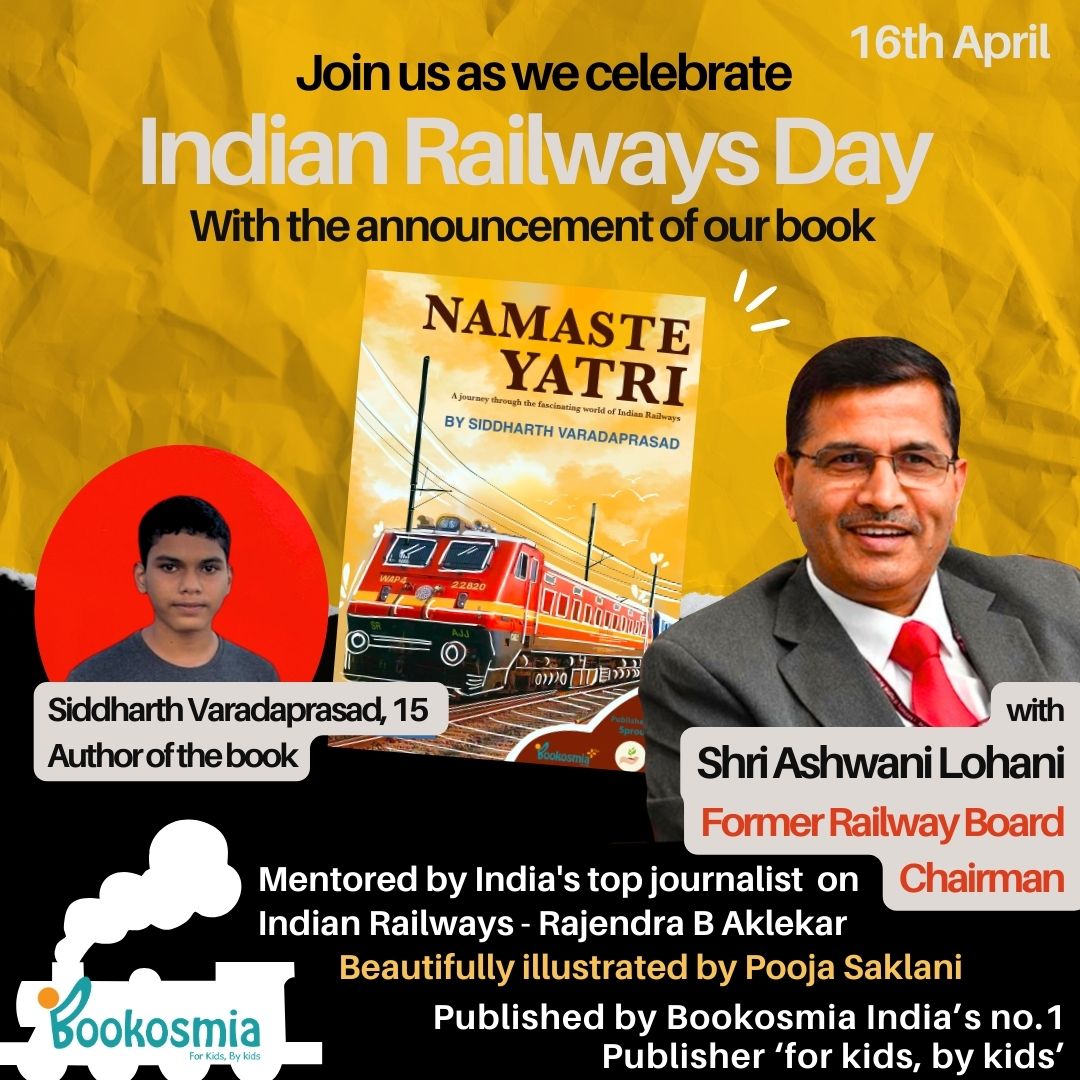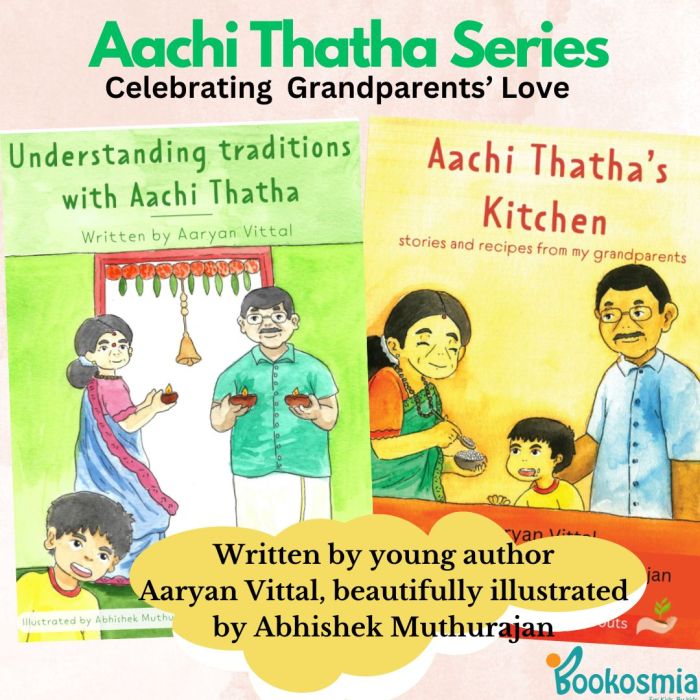The Silhouette Against the Fingerprint | Essay on differences in people
When introducing a community to the masses, should journalists focus on how they’re like us, or how they’re not? 13 year old Neha Mahesh explores this important question .

There are many kinds of people on the Earth. In terms of gender, race, religion,
language, and even neurologically speaking- there’s a ton of variety on this little blue marble we call home. Thanks to the World Wide Web, we’re becoming more and more aware about this variety. And that can make the internet a very dangerous tool. In the wrong hands, it can turn people against each other. A little bit of misinformation, a biased opinion and there you go – people get hurt, and hurt each other. Hate spreads like wildfire in an endless, toxic cycle.
Naturally, the media has a huge role to play now – the public sees everything through
the eyes of journalists. It is their job to make sure that no minority feels minor, that no voice feels silenced. They can build a strong sense of community and foster a more inclusive society. In short, they’re responsible for keeping the people united. Which begs the question – is a spotlight on diversity even helpful?
Hearing about the differences between people can only encourage an ‘us’ versus ‘them’
mindset. When the entire point of writing is to bring people together, not focusing on the
similarities would be entirely counterproductive. The last thing a young, impressionable person needs to hear is why a certain group of people are the ‘other’. Without proper guidance, they might consider this ‘difference’ as sufficient grounds for bullying their own peers. They must understand that the motive for liking or disliking someone should be because of who they are, not because they’re ‘different’. The same applies to role models too – the reason a kid looks up to someone should be because of their character, because of their expertise or their compassion. Not because of their background. We should be encouraging conversations that include everyone, and exclude their differences. You should need no more than a person’s silhouette to be able to welcome and embrace them. People must be taught to tolerate and love each other, focusing on their similarities. Because that is where our true strength lies.
Well, that’s one way to look at it.
But let’s take a detour for a second.
Here’s a fun fact – Did you know that no two fingerprints are alike? In the 6 million years
that humans have existed, never has there ever been two sets of identical prints. That’s right – at the tips of each of your fingers runs a unique, complex configuration of arches, loops, ridges and whorls. Proof of your existence, proof of your individuality. Proof that no matter who thinks otherwise, you are truly inimitable. And that’s something that one label can never do justice to.
This, dear reader, is precisely where focusing on the similarities starts to feel unfair. No
two people’s experiences are identical. Disregarding the struggles a person has gone through by pretending they don’t exist is offensive at best, and destructive at worst. Many people’s identities are tied with their background – their gender, culture, tradition,
language, and heritage. These are genuine sources of pride for people. So being ‘blind’ to all of this makes it seem wrong for them to be proud of who they are. And erasing someone’s identity solves nothing. All it does is that it limits the stories that get told – keeping the privileged comfortable, and the discrimination thriving. We end up with an echo chamber of disconnected people, who think these issues are simply black and white. But that’s far from the truth.
Respectful, nuanced conversations are our only hope right now. People need to be
informed. They need to learn the whole truth. And that means coming to terms with the fact that people are different. They have their own, unique experiences which shouldn’t have to be sacrificed for the sake of the group. Instead, we need an environment where such stories are heard, valued, and then thoroughly addressed. When you embrace and celebrate differences, we can open up a better dialogue, and will be able to tackle many more social issues.
So now, we writers have a dilemma; focusing on the differences between groups of people – at the risk of sparking violence, or focusing on the similarities – at the cost of erasing identities. Like it is in many cases, the true solution is somewhere in between. The unity of the community must not take away from the identity of the individual. We must educate ourselves about the experiences of other groups, while also understanding the importance of togetherness. The path to unity in diversity is a tricky tightrope to walk, but it’s the best way forward. Together, we can create a world where we can both acknowledge our uniqueness and be part of the wonderful human family.









